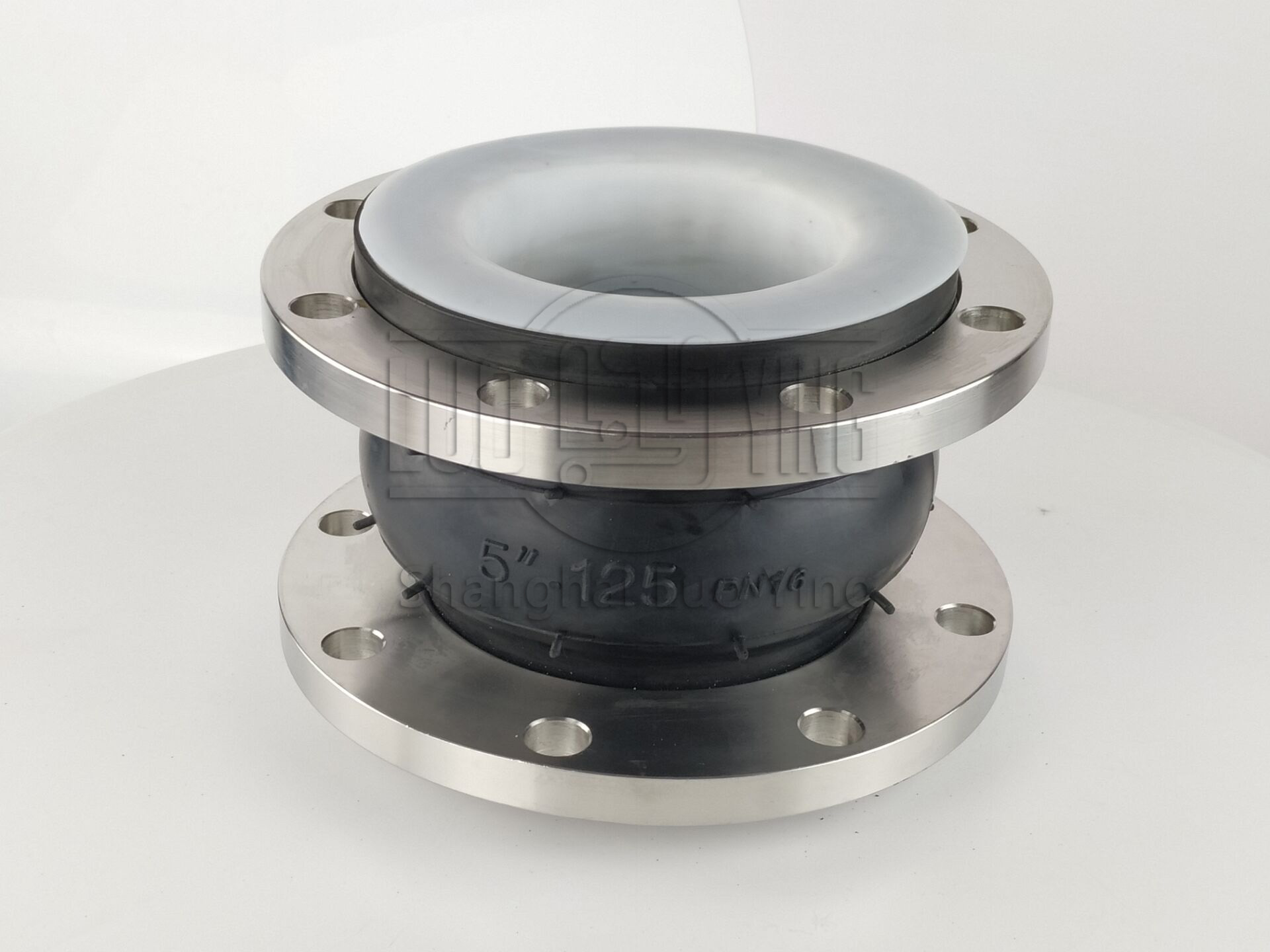Principle and characteristics of flexible rubber joints for water supply pipes.
Aug-23-23
Principle and characteristics of flexible rubber joints for water supply pipes.Flexible rubber joints are important components of water supply systems, providing flexibility and absorbing movements, vibrations, and shocks. They are widely used in various applications, including commercial buildings, residential homes, industrial facilities, and municipal water supply networks. In this article, we will explore the principles and characteristics of flexible rubber joints for water supply pipes.
The principle behind flexible rubber joints lies in their ability to accommodate movements and vibrations caused by thermal expansion, seismic activities, ground settlement, and water hammer. These joints are designed to connect and seal pipes while allowing for angular, lateral, and axial displacements.

Another characteristic is their ability to dampen vibrations and shocks. In water supply systems, there can be vibrations and shocks generated by pump operations, water hammer effect, or sudden changes in flow. Flexible rubber joints act as shock absorbers, reducing the transfer of vibrations and minimizing the impact on the entire piping system. This not only protects the pipes but also reduces noise and ensures smooth operation.
Flexible rubber joints also possess excellent sealing capabilities. The rubber material provides a tight seal that prevents leaks and maintains the integrity of the system. The joints are designed with flanges or connectors that can be easily attached to different pipe materials, allowing for compatibility and ease of installation. The sealing properties of these joints contribute to the overall efficiency and reliability of the water supply system.
Durability is another important characteristic of flexible rubber joints. They are engineered to withstand harsh conditions, including exposure to chemicals, UV radiation, and varying temperatures. The rubber material is resistant to corrosion, degradation, and aging, ensuring a long service life and minimal maintenance requirements. This durability makes them a cost-effective solution for water supply systems, reducing the need for frequent replacements or repairs.
Furthermore, flexible rubber joints offer convenience in terms of maintenance and repair. They can be easily accessed and replaced without the need for extensive disassembly of the piping system. This saves time, effort, and costs during maintenance operations, minimizing downtime and disruptions to the water supply.
In conclusion, flexible rubber joints play a crucial role in water supply systems by providing flexibility, absorbing movements and vibrations, and sealing pipes. Their key characteristics include flexibility, vibration damping, excellent sealing properties, durability, and ease of maintenance. By incorporating flexible rubber joints into water supply networks, industries can ensure the integrity and efficiency of their systems, prolonging the lifespan of pipes and minimizing potential issues.

